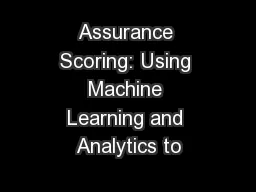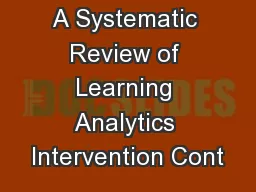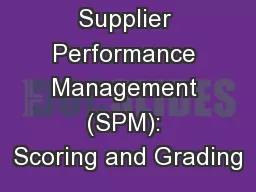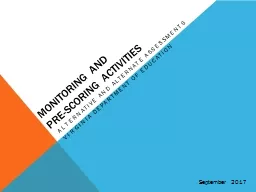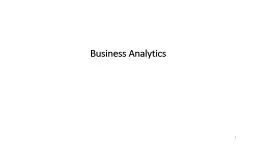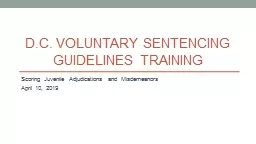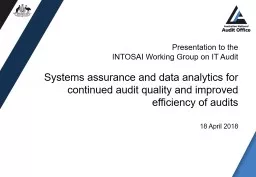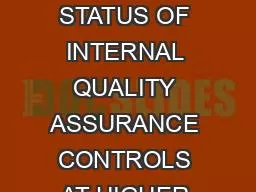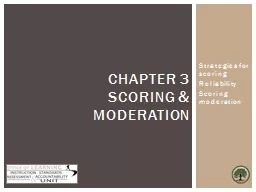PPT-Assurance Scoring: Using Machine Learning and Analytics to
Author : ellena-manuel | Published Date : 2017-11-07
Matt Thomson 17112016 Outline Introduction Traditional Fraud Detection Assurance Scoring Machine Learning Business Rules Anomaly Detection Graph Links Who am I Matt
Presentation Embed Code
Download Presentation
Download Presentation The PPT/PDF document "Assurance Scoring: Using Machine Learnin..." is the property of its rightful owner. Permission is granted to download and print the materials on this website for personal, non-commercial use only, and to display it on your personal computer provided you do not modify the materials and that you retain all copyright notices contained in the materials. By downloading content from our website, you accept the terms of this agreement.
Assurance Scoring: Using Machine Learning and Analytics to: Transcript
Download Rules Of Document
"Assurance Scoring: Using Machine Learning and Analytics to"The content belongs to its owner. You may download and print it for personal use, without modification, and keep all copyright notices. By downloading, you agree to these terms.
Related Documents

